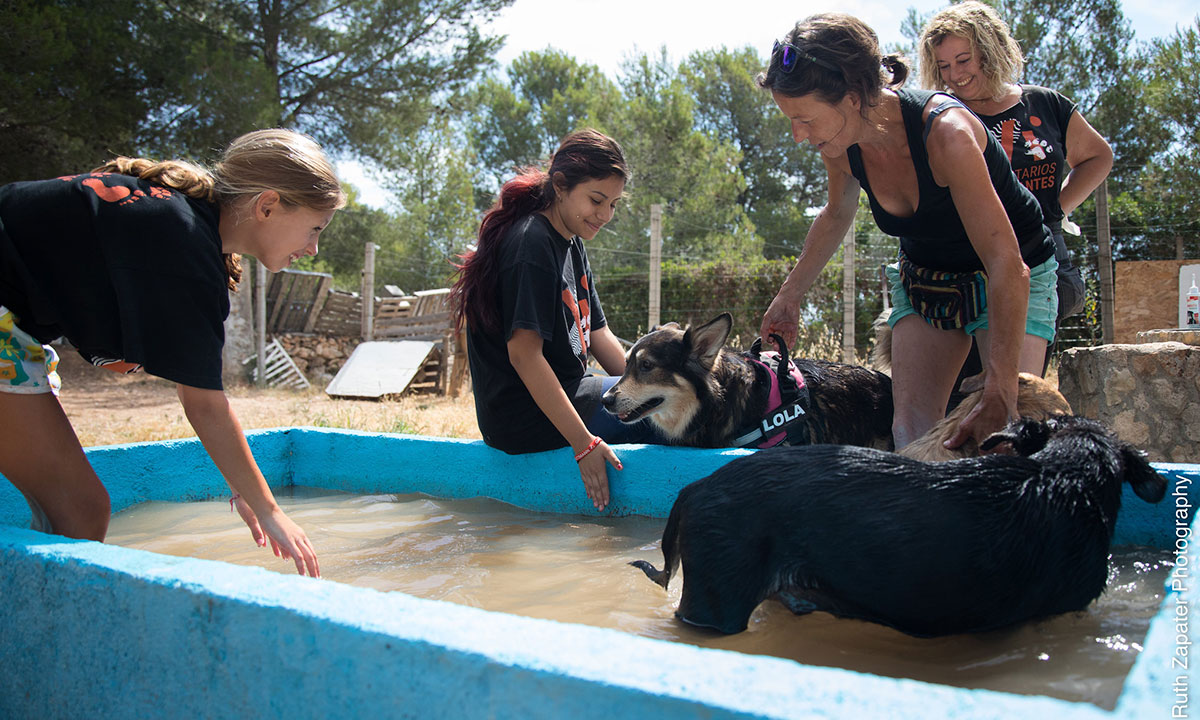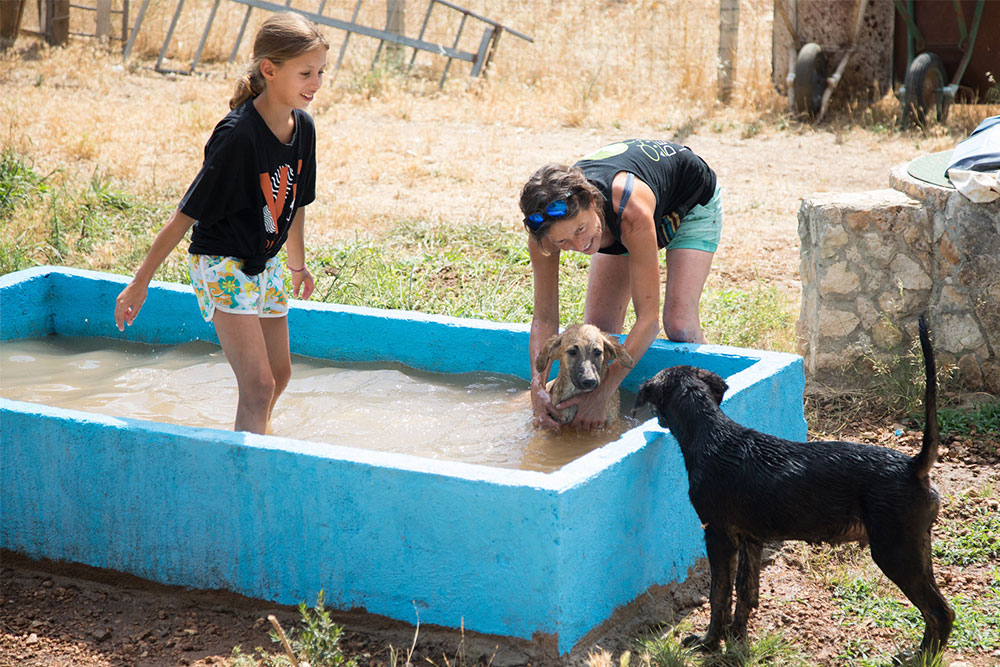Text: Alba Rodrigo
Photos: Ruth Zapater (Voluntarios Itinerantes)
Many humans and animals are at risk of suffering from heat stroke during the months of July and August. Although most animals have mechanisms to control their body temperature, some may be affected due to their hair or the fact that they do not have sweat glands, as is the case with rabbits. If you live with pets, it’s important to identify the risks associated with high temperatures and take the proper steps to protect them during the hottest months.
Below we give you a few tips on how to protect your home and keep your pets safe and happy in the summer:
Provide a cool shelter with plenty of shade
It’s essential to have cool and shaded spots in your home, especially during the hottest times of the day, between midday and early afternoon. If you find your pet resting on the floor, it’s probably because that’s the coolest spot for them, but their beds may also not be adequate for summer. There are cooling mats and elevated beds made from breathable materials which can help them regulate their body temperature. The most important thing is to let them choose where they feel most comfortable.
If your pets have access to outdoor spaces, make sure they have some shade. Trees or awnings are great as they don’t block the air flow and protect them from the sun. If you have enough space, get a small pool so they can take a dip to cool off.
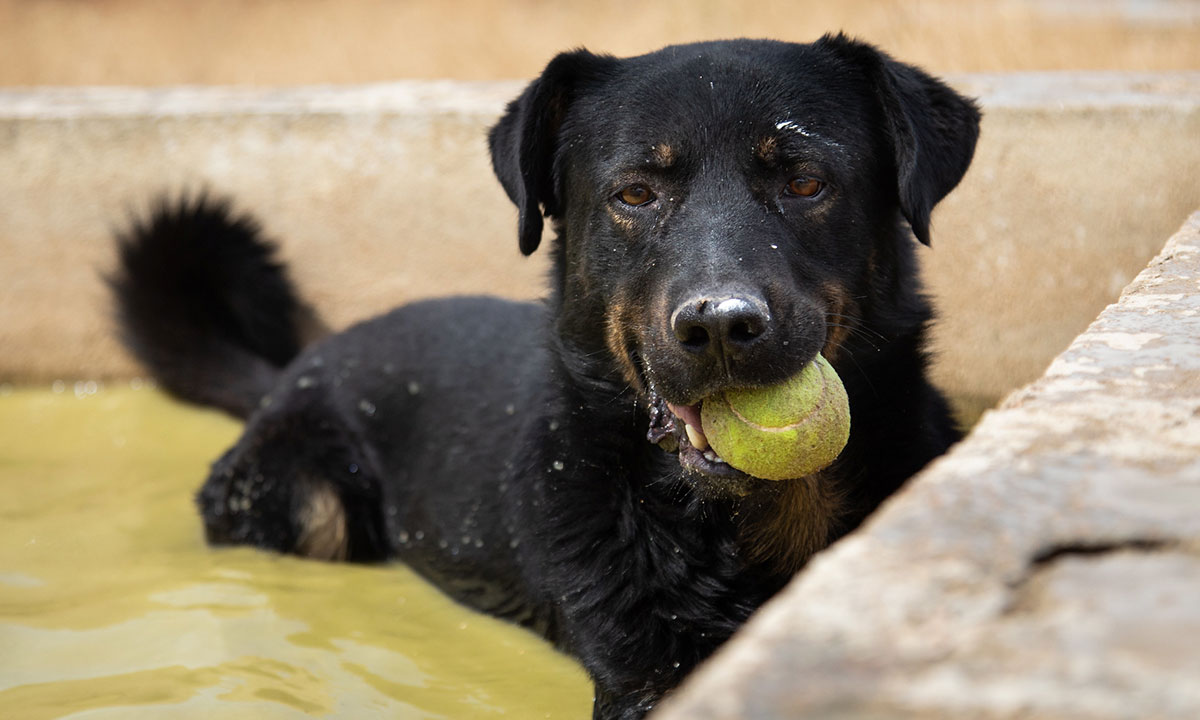
Constant hydration
The intense heat may affect your pet’s appetite. You may notice they eat less, which is why fresh and clean water is key to keeping them hydrated in the summer. Put several water bowls in different areas of your house and yard, making sure they are located near the spots they love to rest. Change the water regularly and avoid putting it in direct sunlight. Automatic fountains are another way to keep fresh water flowing all day long.Remember that these rules don’t only apply at home. Always take a portable bowl and water for drinking when you’re walking your pet, on a hike or traveling by car.
One good option to cool your pets off is to make them homemade ice cream. For dogs and cats, you can put it in their toy, like a Kong, mixed with water, let it freeze and give it to them to play with. You can also put ice cubes in their water. For rodents, guinea pigs and rabbits, you can chop up their favorite vegetables and freeze them. You’ll see how much they love this frozen treat!
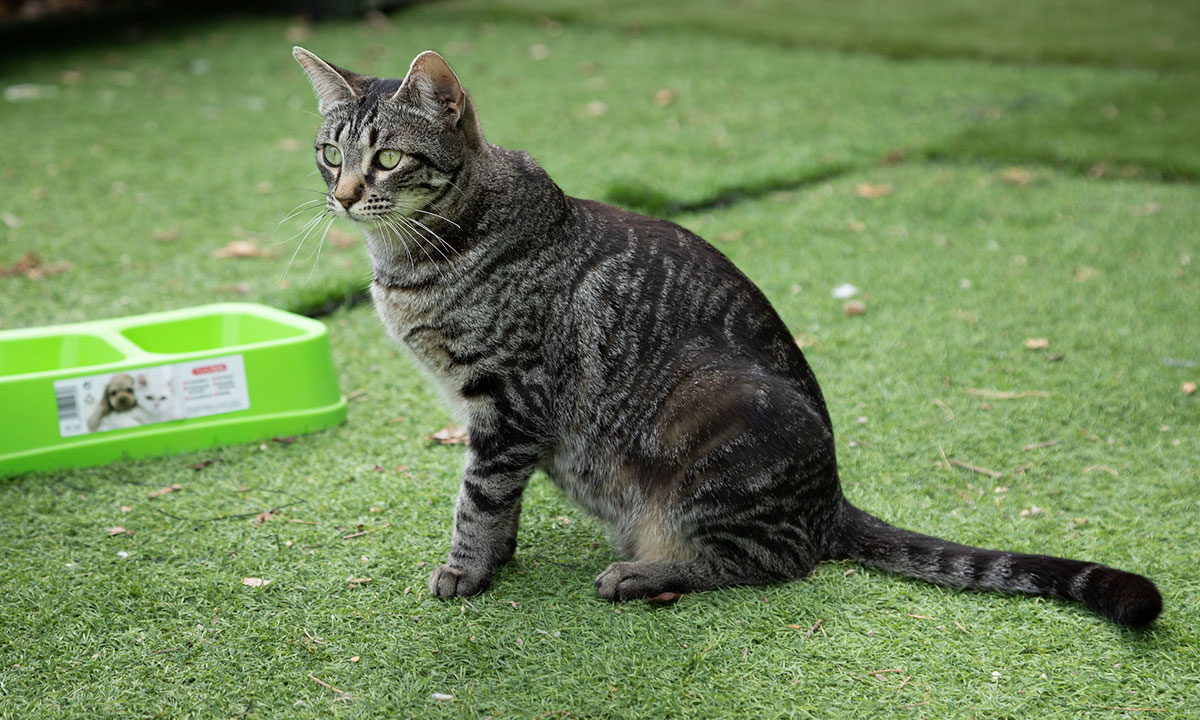
Avoid walks in the heat of the day
Avoid going on walks or intense physical activity during the heat of the day. It’s important to adjust the intensity of their exercise according to the outside temperature. Try to go on walks first thing in the morning or in the evening, when temperatures are a bit cooler. Pay special attention to animals with white hair as they are prone to skin cancers, as well as short-nosed dogs that may have difficulty breathing. Refrigerated collars are a great way to cool your pet down, as well as wetting their head and back. Brushing them often will help remove extra hair from their winter coat.
Remember that hot pavement can burn a dog’s paws. Before leaving on a walk, check the ground temperature by holding your hand on the pavement for a few seconds. If it’s too hot, try to find some grass or areas with a lot of shade.
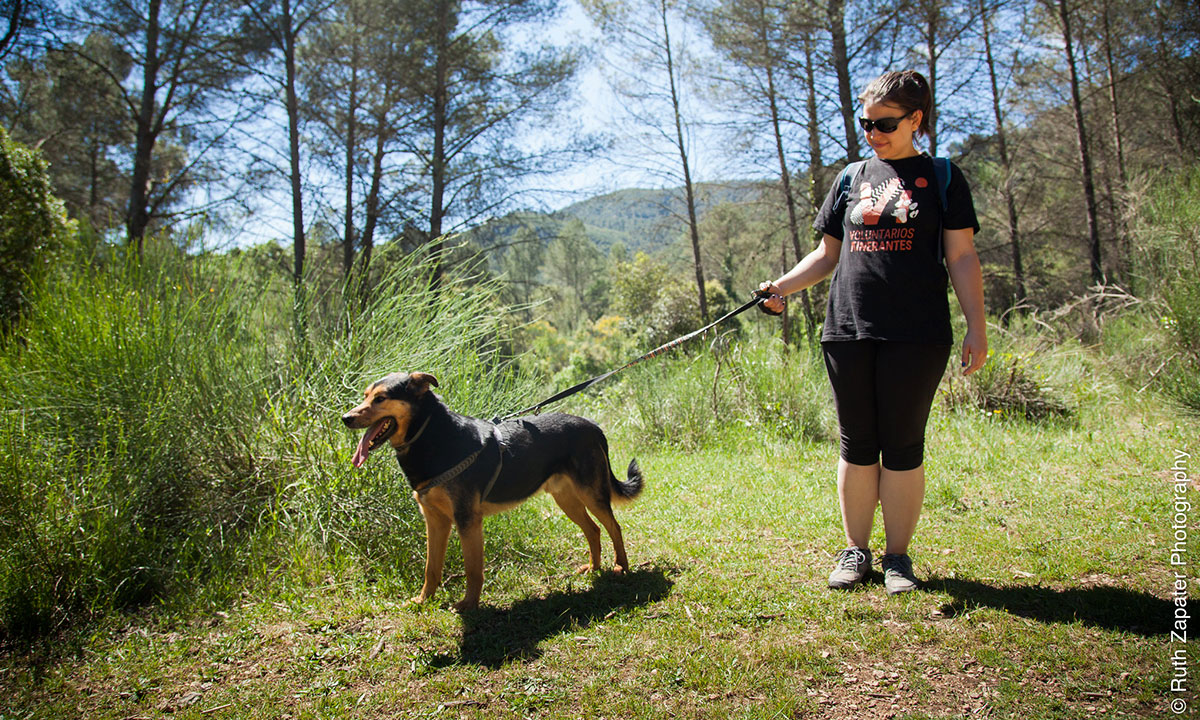
Be careful with fans and open windows
It’s important to be careful when you open a window or turn on a fan to keep your home cool. Make sure that all fans are out of your pet’s reach to avoid accidents. Don’t expose them directly to cold air as it may cause respiratory issues. For cats that live outside, remember to install a protective netting to avoid falling from a window or terrace. Be especially careful if you have swinging windows that open halfway. These can be dangerous for cats as they can get stuck and injure themselves.
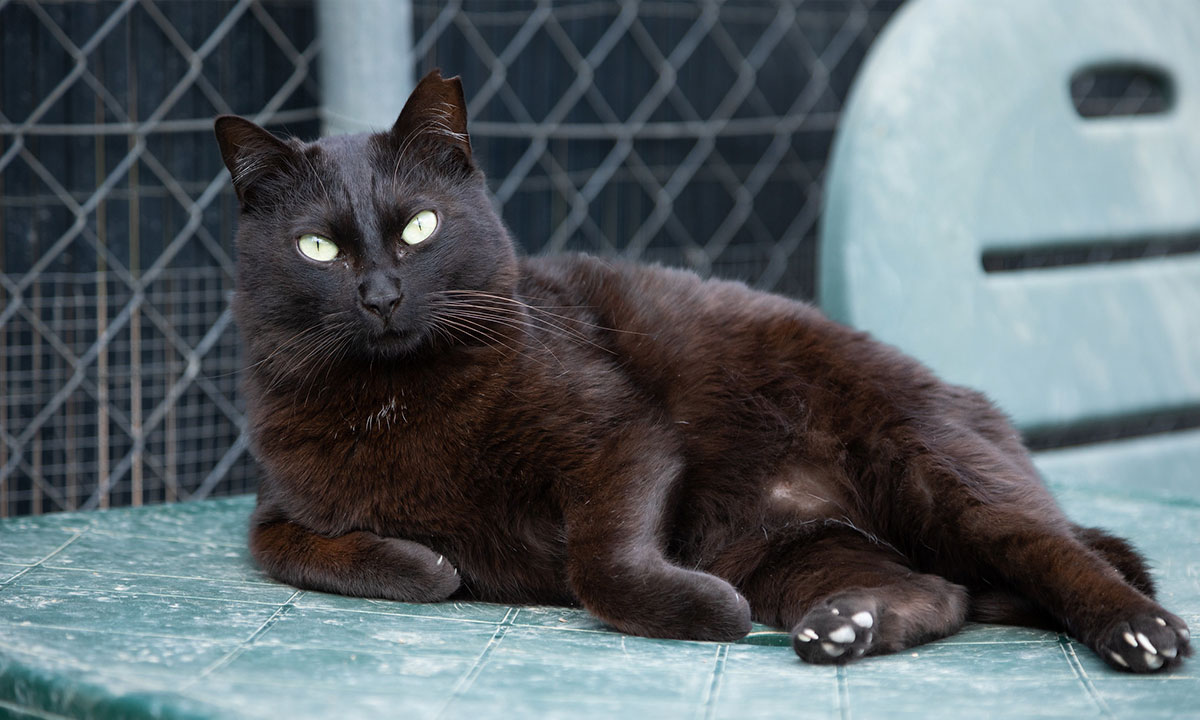
Never leave your pet in the car
This tip is crucial! Never leave your pet inside a closed vehicle, even if you’re only going to be away for a few minutes. The temperature inside of a car can increase quickly, even on cooler days, and cause heat stroke and even death. Even leaving the air conditioning on is not a guarantee. It’s always better to bring your pets with you or leave them at home in a cool and safe space.
Recognize the signs of heat stroke
Some of the signs of heat stroke are:- Intense panting
- Difficulty breathing
- Increased heat rate
- Lethargy
- Dizziness
- Excessive salivation
- Vomiting
- Diarrhea
- Glassed over eyes
- Fever
- Lack of coordination
- Convulsions
- Darkened tongue color
- Blue mucus…
Pay attention to any abnormal symptom and contact your veterinarian immediately. Try to lower your pet’s temperature with a wet cloth, fanning them, giving them ice cubes or wetting their snout, head, neck and armpits.
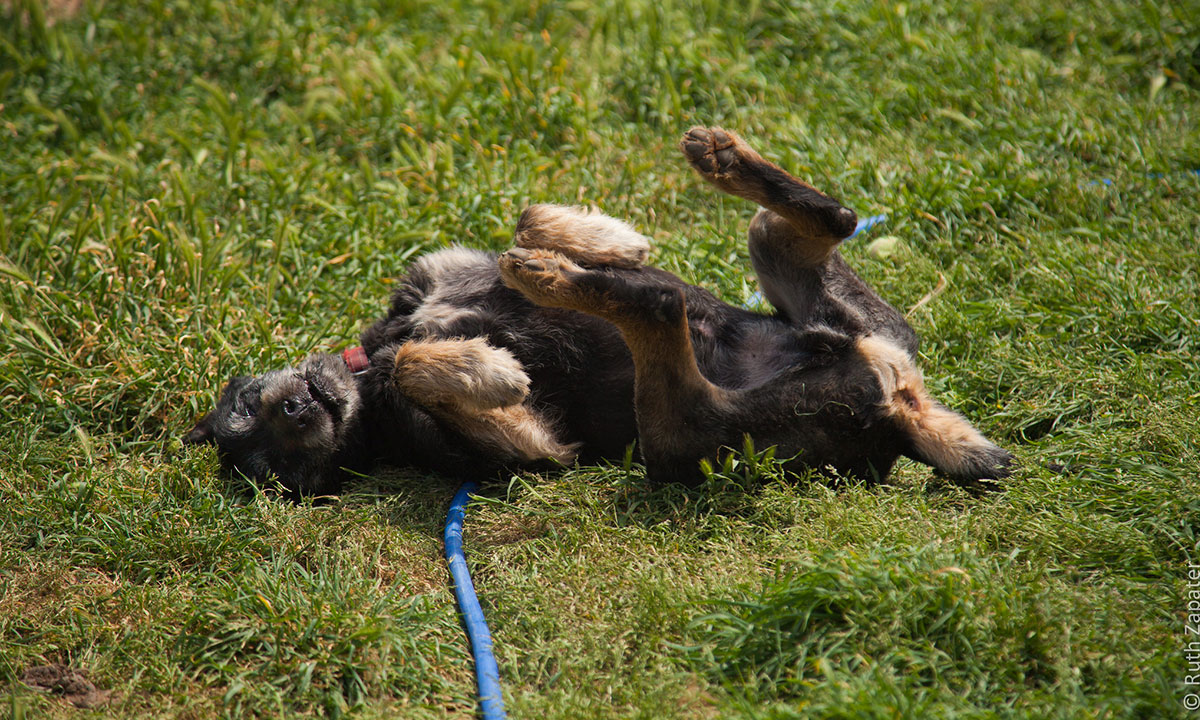
As you can see, protecting our furry family in the summer is vital for their health and wellbeing. Remember that the care and attention you give your pet will ensure they can enjoy the summer as much as possible. Make sure to keep them cool, hydrated, and happy!
Voluntarios Itinerantes is working to ensure that shelters are well equipped for the summer heat. Help us by becoming a member.
